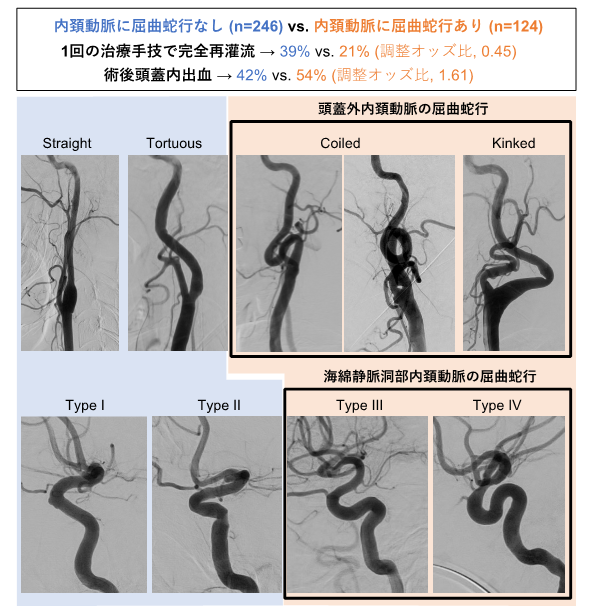環境変化への柔軟な対応 Flexible adaptation to changing environmental conditions
2022-04-26 マックス・プランク研究所

Lake shore (black organic layer) from 90,000 years ago superimposed by cold climatic sediments.
© M. Weiss / M. Hein
研究者らは、ヴェンドランド地方(ドイツ、ニーダーザクセン州)のリヒテンベルクでの調査に基づき、最後の氷河期には、ネアンデルタール人は寒冷期にも最北の居住地を訪れていたことを明らかにしました。
<関連情報>
- https://www.mpg.de/18561387/0426-evan-neanderthals-of-the-north-150495-x?c=2249
- https://www.sciencedirect.com/science/article/abs/pii/S0277379122001500
中央ヨーロッパ北部におけるMIS 5からMIS 4初期までの環境変化とネアンデルタール人-リヒテンベルク遺跡における考古学、(年代)層序学、古環境の証拠を統合して Neanderthals in changing environments from MIS 5 to early MIS 4 in northern Central Europe – Integrating archaeological, (chrono)stratigraphic and paleoenvironmental evidence at the site of Lichtenberg
Marcel Weiss,Michael Hein,Brigitte Urban,Mareike C.Stahlschmidt,Susann Heinrich,Yamandu H.Hilbert,Robert C.Power,Hans v. Suchodoletz,ThomasTerberge,Utz Böhner,Florian Klimscha,Stephan Veil,Klaus Breest,Johannes Schmidt,Debra Colarossi,Mario Tucci,Manfred Frechen,David Colin Tanner,Tobias Lauer
Quaternary Science Reviews Published:15 April 2022
DOI:https://doi.org/10.1016/j.quascirev.2022.107519
Abstract
The resilience of Neanderthals towards changing climatic and environmental conditions, and especially towards severely cold climates in northern regions of central Europe, is still under debate. One way to address this is to investigate multi-layered occupation in different climatic intervals, using independently-compiled paleoenvironmental and chronological data. Unfortunately, most open-air sites on the northern European Plain lack a robust chronostratigraphy beyond the radiocarbon dating range, thereby often hampering direct links between human occupation and climate. Here we present the results of integrative research at the Middle Paleolithic open-air site of Lichtenberg, Northern Germany, comprising archaeology, luminescence dating, sedimentology, micromorphology, as well as pollen and phytolith analyses. Our findings clearly show Neanderthal presence in temperate, forested environments during the Mid-Eemian Interglacial, MIS 5e and the latest Brörup Interstadial, MIS 5c/GI 22 (Lichtenberg II). For the previously known occupation Lichtenberg I, we revise the chronology from the former early MIS 3 (57 ± 6 ka) to early MIS 4/GS 19 (71.3 ± 7.3 ka), with dominant cold steppe/tundra vegetation. The early MIS 4 occupation suggests that Neanderthals could adjust well to severely cold environments and implies recurring population in the region between MIS 5 and MIS 3. The artefact assemblages differ between the temperate and cold environment occupations regarding size, blank production, typology and tool use. We argue that this distinctness can partially be explained by different site functions and occupation duration, as well as the availability of large and high-quality flint raw material. Raw material availability is in turn governed by changing vegetation cover that hindered or fostered sediment redeposition as a provider of flint from the primary source of the glacial sediments nearby.


